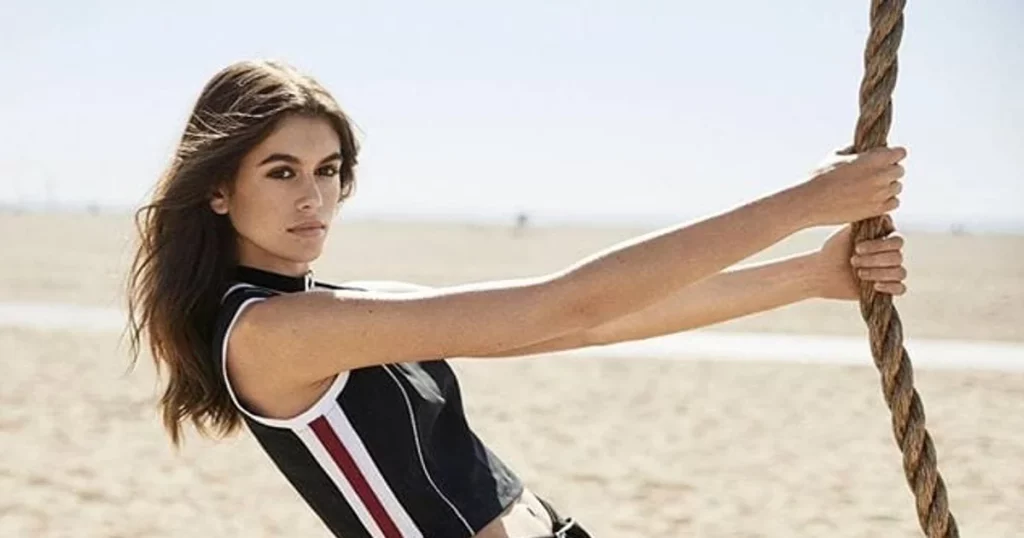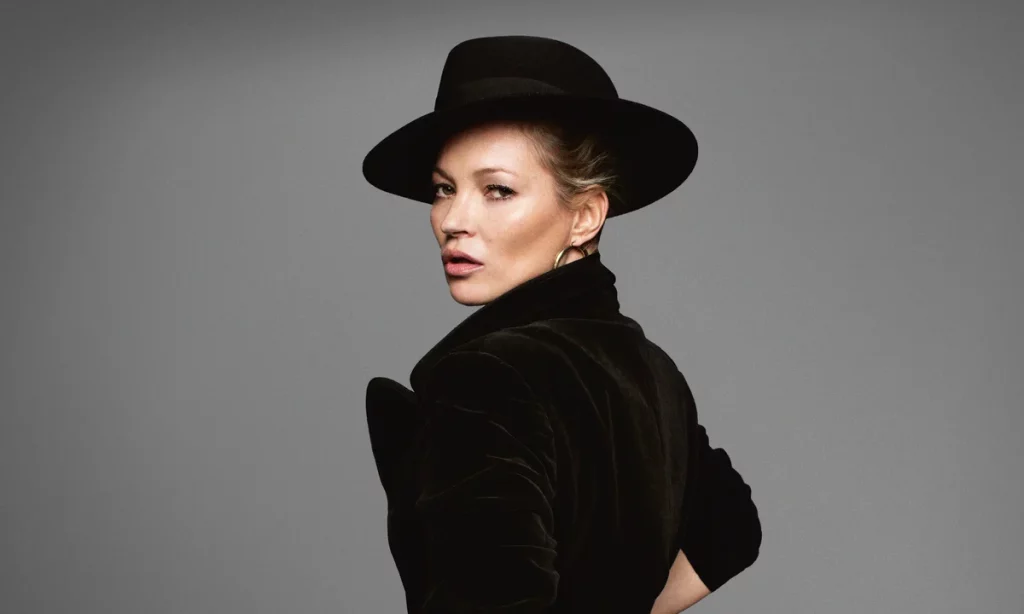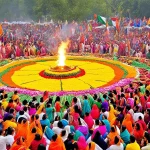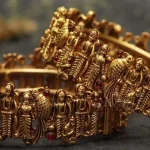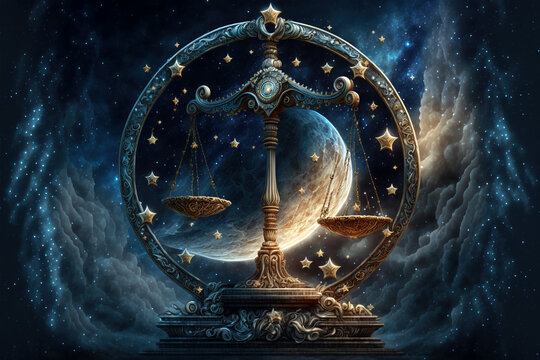The History and Evolution of Indian Miniature Paintings
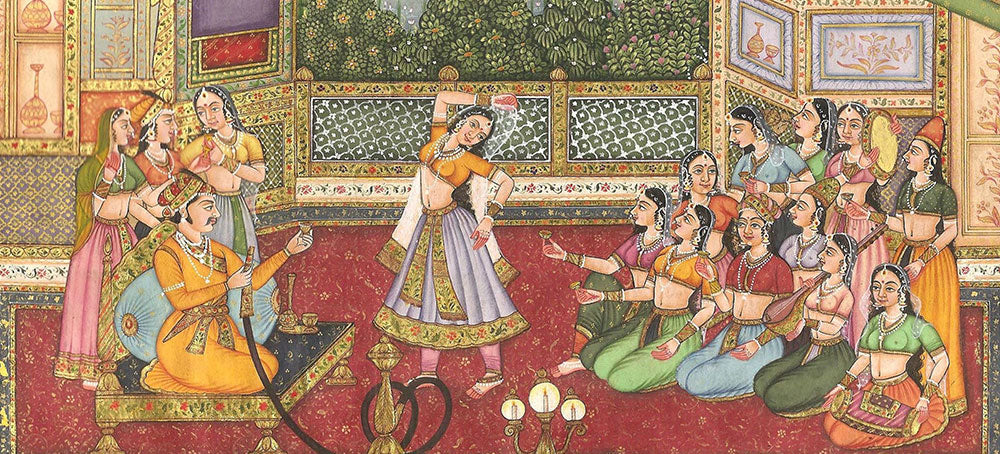
Indian miniature paintings represent one of the most significant forms of art in the country, showcasing rich cultural heritage, intricate techniques, and vibrant colors. These small-scale works of art, often created on paper or cloth, are renowned for their fine detail and elaborate depictions of court life, religious themes, and nature. The origins of Indian miniature paintings can be traced back to ancient times, with distinct regional styles developing over the centuries. From the early traditional styles to the influence of Mughal rulers and the later regional schools, miniature paintings have played an essential role in preserving India’s artistic legacy.
Origins of Indian Miniature Paintings
The roots of miniature painting in India can be traced to the religious and cultural art forms of ancient India. The earliest examples of miniature art are found in the form of murals, which adorned the walls of temples and caves, such as the Ajanta and Ellora caves. These murals, dating back to the 2nd century BCE, laid the groundwork for the detailed and vibrant artworks that would follow. While the term “miniature” typically refers to small-scale paintings, these early works were often large in scale and executed with intricate brushwork that influenced later miniature traditions.
With the spread of Buddhism, Jainism, and Hinduism, religious texts like the Ramayana, Mahabharata, and various other mythological stories were illustrated in miniature form to preserve these ancient traditions. During this time, manuscripts and palm-leaf scrolls became common mediums for these early paintings, as they allowed for detailed representations of gods, goddesses, and royal figures.
Mughal Influence and the Rise of Court Paintings
The real turning point in the history of Indian miniature paintings came during the Mughal Empire in the 16th century. Under the reign of Emperor Akbar, miniature painting became an important courtly art form. The Mughal style of miniature paintings is known for its detailed and realistic depictions, as well as its incorporation of Persian and Central Asian influences.
The Mughal court employed many talented artists who worked under royal patronage. One of the key developments during this period was the fusion of traditional Indian art with Persian artistic techniques, such as the use of bright colors, detailed landscapes, and intricate clothing patterns. Mughal miniature paintings often depicted scenes of court life, royal portraits, battles, and hunting expeditions. Famous Mughal artists like Basawan and Manohar created works that are still admired for their craftsmanship.
The Mughal Empire’s artistic patronage and the arrival of Persian techniques marked a golden age for miniature art, leading to the development of a distinct and unique style that remains iconic in Indian art history.
Rajput School of Miniature Paintings
Alongside the Mughal influence, the Rajput states of northern and western India developed their own miniature traditions, known as Rajput or Rajasthani miniature paintings. This style flourished in the courts of Mewar, Marwar, and other princely kingdoms, and was largely influenced by Hindu traditions, emphasizing vibrant colors, strong religious themes, and depictions of royal life.
Rajput miniature paintings often featured bold compositions with a strong sense of movement and drama. They depicted scenes from Hindu mythology, as well as portraits of kings, queens, and warriors. Many Rajput miniatures also depicted romantic themes, with the beloved and hero, often from the famous love stories of Radha-Krishna or other mythological tales, portrayed in vivid detail. The use of gold leaf, intricate borders, and bright colors became a defining feature of the Rajput style.
Pahari and Deccan Schools of Miniature Paintings
The Pahari miniature tradition, developed in the hill states of northern India, is known for its delicate execution, soft color palette, and lyrical compositions. This style flourished in the 17th and 18th centuries, and the painters of the Pahari school produced some of the most exquisite and graceful depictions of Hindu gods and goddesses, as well as scenes from courtly life. The most famous of these works were created in the states of Guler, Chamba, and Kangra. Artists of this period skillfully portrayed the beauty of nature, landscapes, and intricate detailing of royal costumes.
Similarly, the Deccan school of painting emerged in the Deccan region in the southern part of India, particularly in the kingdoms of Bijapur, Golconda, and Hyderabad. Deccan miniatures are characterized by vibrant colors and strong contrasts, with the use of bright and intense hues being a key feature. These paintings often depicted religious scenes, courtly life, and hunting expeditions. The Deccan style was also influenced by Persian and Mughal traditions, yet it maintained its unique regional flair.
The Decline and Revival of Miniature Art
With the advent of British colonialism in the 19th century, the patronage of Indian miniature paintings began to decline, as Western art styles gained prominence. Traditional miniatures were gradually replaced by the more European-influenced styles of portraiture and landscapes. However, during this period, the importance of Indian miniatures began to be recognized by Western collectors and art enthusiasts, and many works found their way into international museums.
The early 20th century saw a revival of interest in Indian miniature art, especially with the establishment of institutions like the School of Art in Calcutta. Artists began to experiment with new techniques, while also preserving traditional methods, and started gaining recognition for their works at national and international levels.
Modern-Day Indian Miniature Art
Today, Indian miniature painting remains an important part of the country’s cultural heritage. Contemporary artists continue to preserve traditional techniques, while experimenting with new themes and mediums. Many modern artists draw inspiration from the old masters but reinterpret these styles in new and innovative ways, combining traditional craftsmanship with modern aesthetics. Indian miniature art has also gained prominence in the global art world, with many collectors and galleries showcasing contemporary interpretations of this ancient form.
Miniature paintings are also being explored as a means to preserve and represent the diversity of India’s culture, capturing the stories of its people, regions, and history. Workshops, exhibitions, and digital platforms have helped ensure that the legacy of Indian miniature art continues to thrive in the modern world.
Conclusion
The history and evolution of Indian miniature paintings offer a fascinating glimpse into the rich cultural and artistic traditions of the subcontinent. From ancient depictions of gods and goddesses to the Mughal, Rajput, Pahari, and Deccan schools, miniature art has evolved through centuries, absorbing influences from different dynasties and regions. Today, Indian miniature paintings continue to be an important part of India’s cultural identity, blending the traditional with the contemporary to showcase the timeless beauty of this art form.



